The 10 Best Quality Assurance Software Tools for Software Testing in 2025

Sorry, there were no results found for “”
Sorry, there were no results found for “”
Sorry, there were no results found for “”
Looking for ways to make your quality assurance processes even better?
There’s a tool for that. ⚒️
When it comes to QA, performing state-of-the-art testing isn’t just a nice-to-have—it’s a must. And the right quality assurance software can help you deliver a finished product your end users will love.
Whether you’re looking for a specific testing tool or a platform to help your team collaborate, you’ll find it here.
We’re laying out the details on top quality assurance tool features, plus a curated list of the top apps and platforms so your team stays organized and on track to the finish line. ?
In software and web development, quality assurance (QA) software generally refers to software that you can use to test your own products. Depending on the app or platform, QA software allows you to test web pages and web apps, or it’ll have the functionality to test mobile or desktop software.
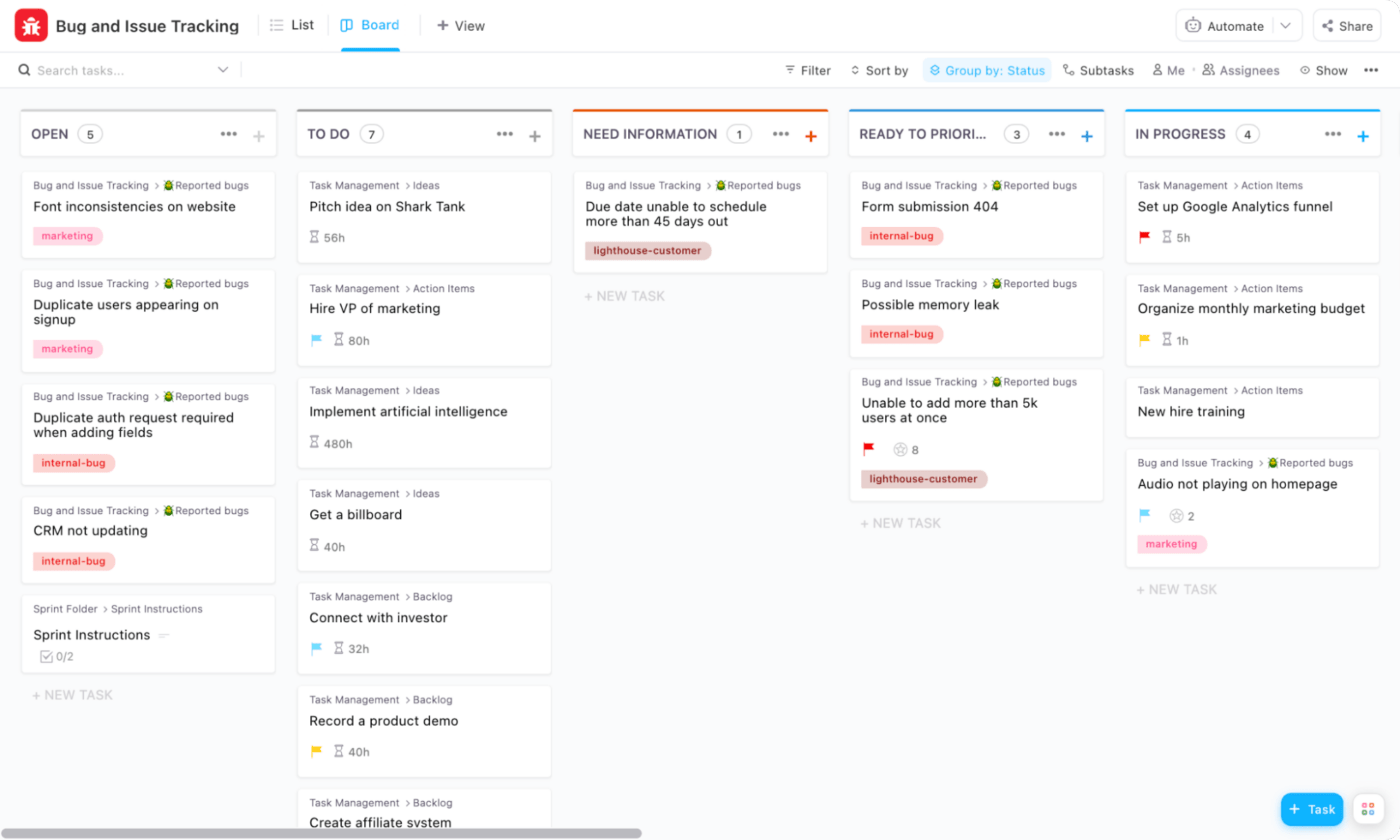
Many of these tools also offer features to create and track bug reports so your team can fix issues and resolve end-user concerns.
There are lots of offerings out there for quality assurance tools. Each will give you some different features, but the best ones share a few things in common.
Developing and launching high-quality software—whether you’re involved in website development or app development—is tricky business, especially when it comes to meeting your rigorous quality control and standards.
We’ve curated this list of the best software development tools for quality assurance for mobile, desktop, web, and more.
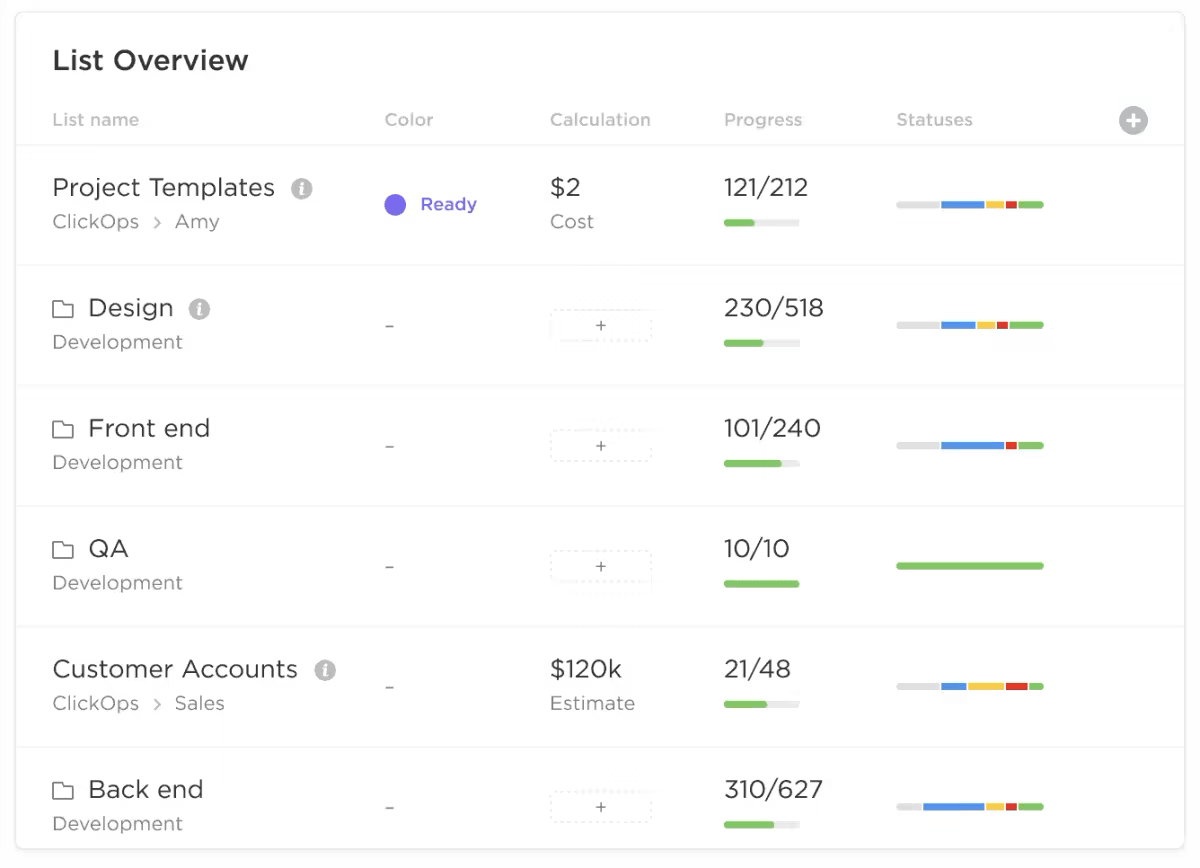
Creating a final product that aligns with your software quality assurance plan requires organization—and that’s where ClickUp shines. When you use ClickUp for software development, it starts with the Workspace, which is a spot for your company to create Spaces, Folders, tasks, and more so you can keep your teams organized.
From there, you can simplify the entire software development life cycle by using ClickUp’s tools for software team project management. Create boards to support agile, scrum, Kanban, or another development methodology.
Card views allow you to create a traditional scrum board with user stories, to-do lists, in-progress tasks, and completed tasks—and you can customize boards to suit your needs for your development team. ?
ClickUp’s agile dashboards make it easy to manage product roadmaps, bug testing and reporting, product backlogs, implementing a software testing process, building sprints, and more.
For quality management, use the ClickUp Quality Control Checklist, a quality control template that lets you create a software testing strategy that helps your team ensure the quality of the software they produce.
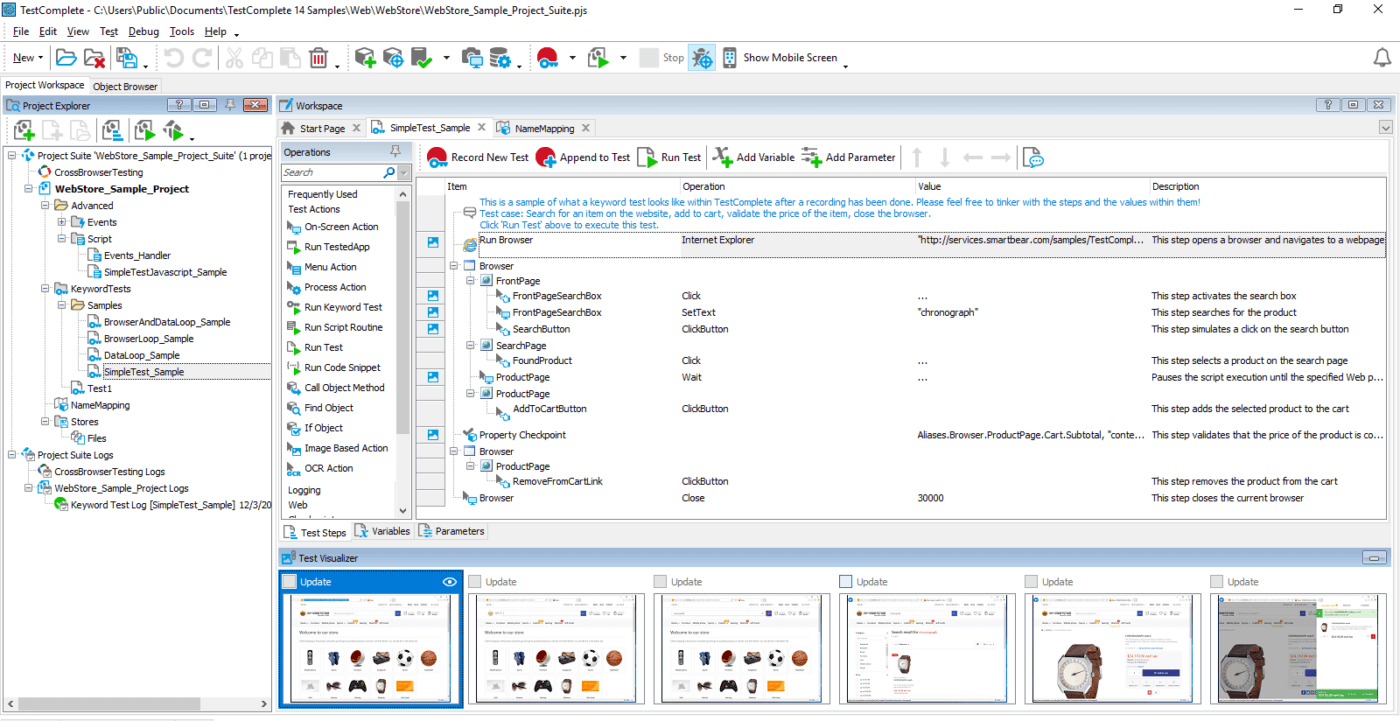
TestComplete delivers the complete package when it comes to software quality assurance testing. With it, you can rely on automation for various types of testing like software testing and user interface tests across desktop, web, and mobile platforms. ?
You’ll get real-time information on the status of your tests, and TestComplete’s data-driven testing tools help you run tests faster by cutting out repetitive steps. It also minimizes maintenance so you can focus on getting high-quality test results.
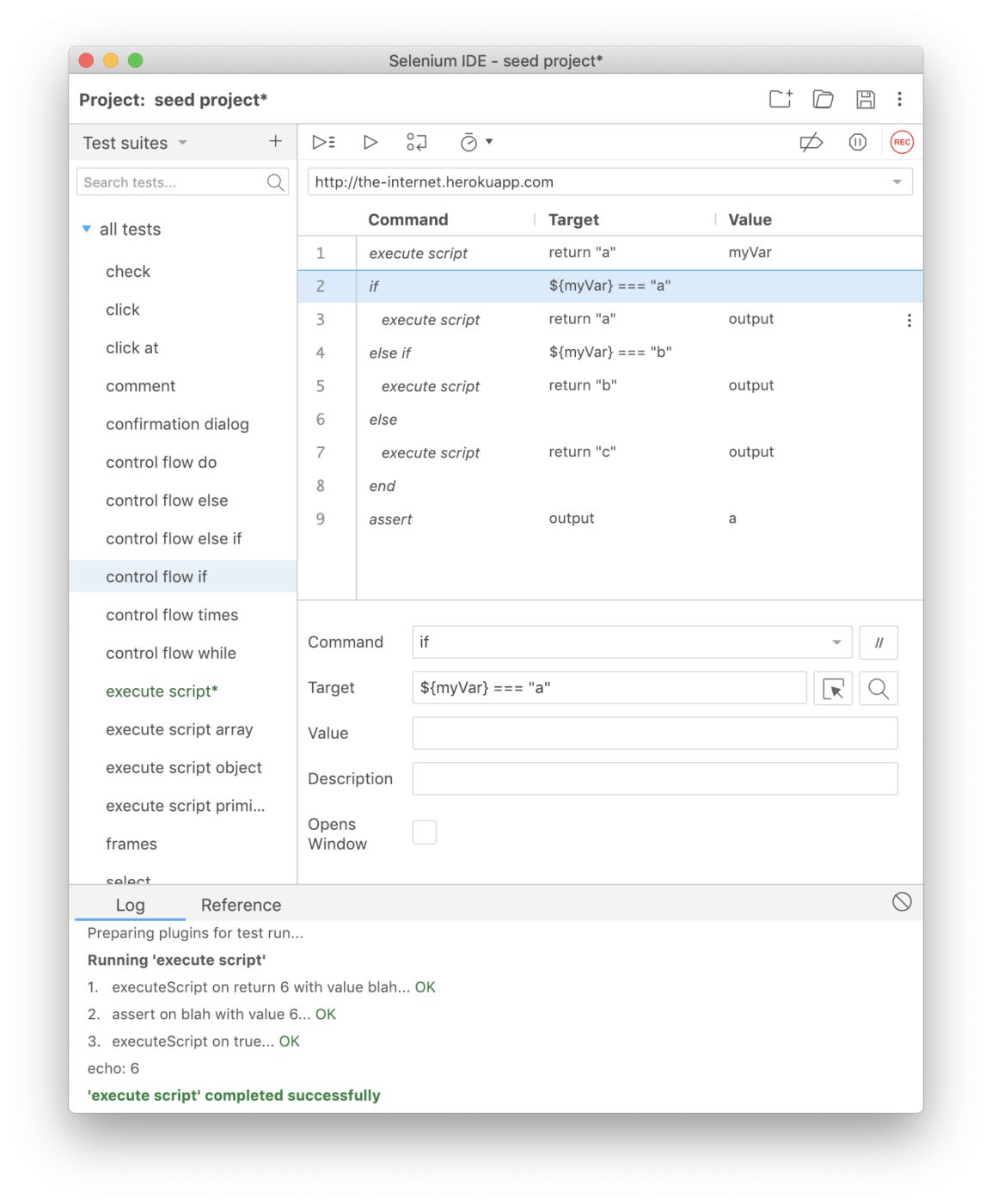
If you develop web applications, Selenium’s trio of offerings is a great addition to your toolkit.
The first is Selenium WebDriver, which delivers browser-based automated testing that drives browsers natively to check scripts. Selenium IDE creates fast bug reproduction scripts when you need to do simple bug testing.
Selenium Grid lets you scale up by distributing and running tests on multiple machines and in multiple environments so you can check scripts against a large array of browser and operating system combinations.
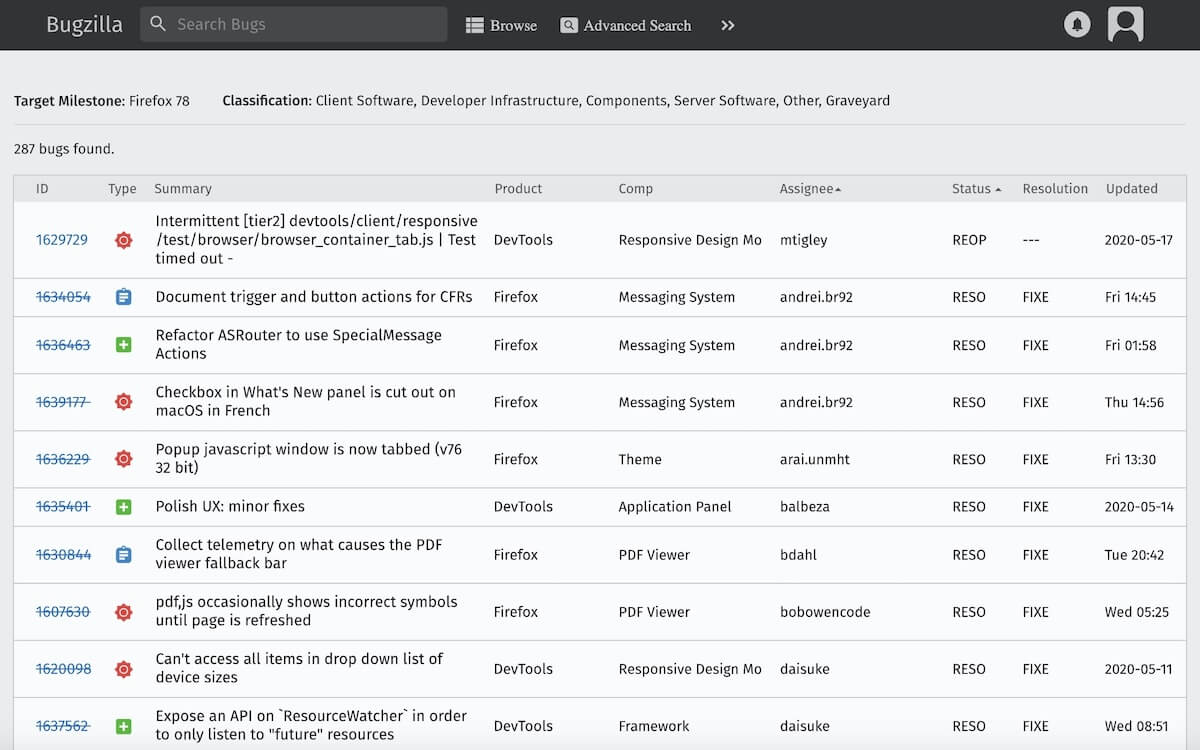
Ramp up your software development process with Bugzilla, a feature-rich bug- and defect-tracking tool you can use for free. It’s a web-based system so you’ll need to install it on a server before use. A step up from code management environments like GitHub, it offers more workflow management, custom fields, and bug visibility control. ?
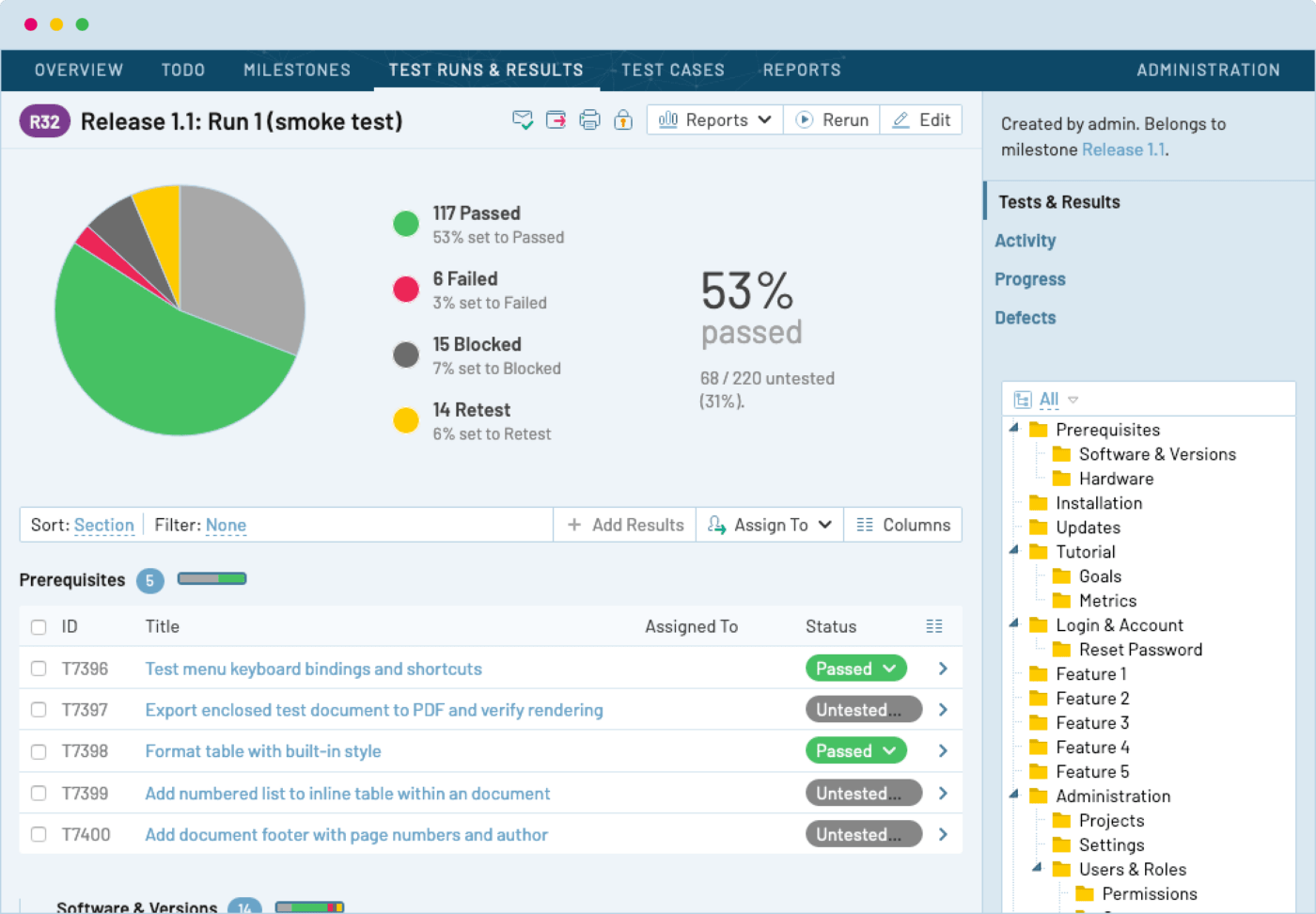
The TestRail Quality OS is a robust platform made for quality control and QA teams. Through an intuitive dashboard, you can manage tests, design test processes featuring reusable test cases, build out agile and waterfall test cycles, and more.
Test execution is fast and effortless—and you keep test cases organized and accessible in the platform’s central repository.
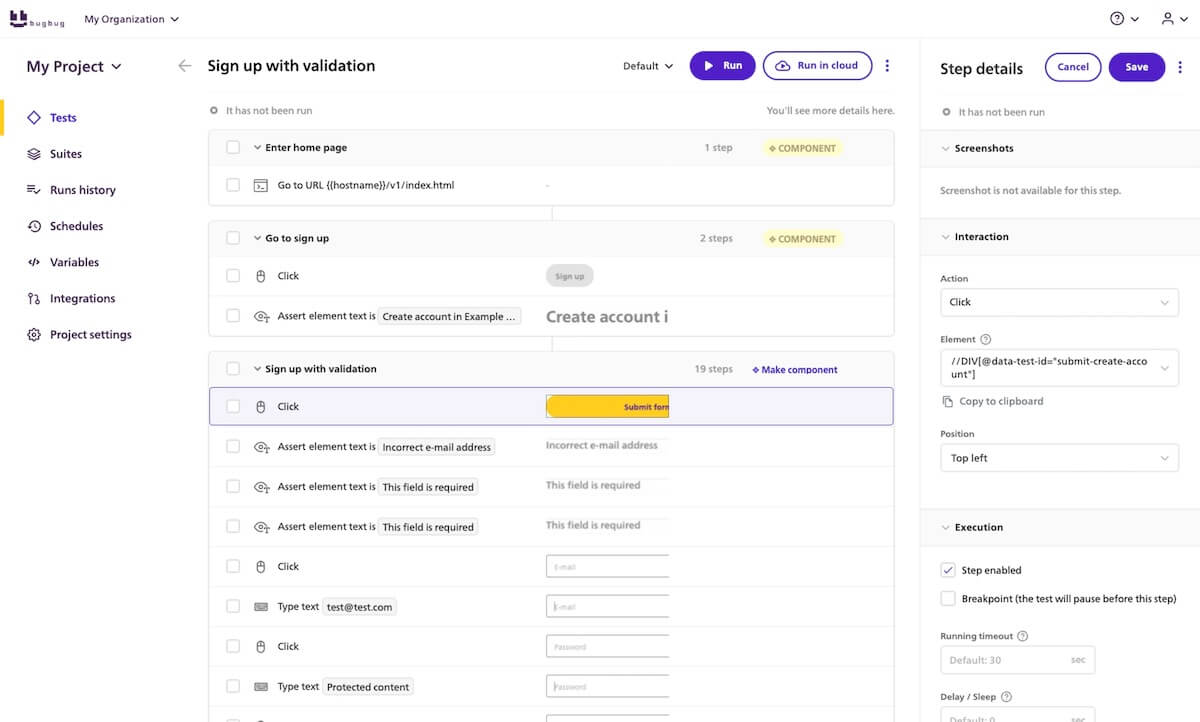
BugBug is a tool designed for the whole software development team—QA engineers, product managers, and software engineers. It’s designed to help you meet your quality requirements for web apps and websites with automated testing that you can set up in just a few minutes.
Make test automation happen with the Telerik Test Studio. This software will help you test both web and desktop apps—and it boasts the industry’s fastest test recorder, producing stable and reliable testing while minimizing test maintenance.
With Telerik, no coding knowledge is required to record and play back the tests needed to assess your work product.
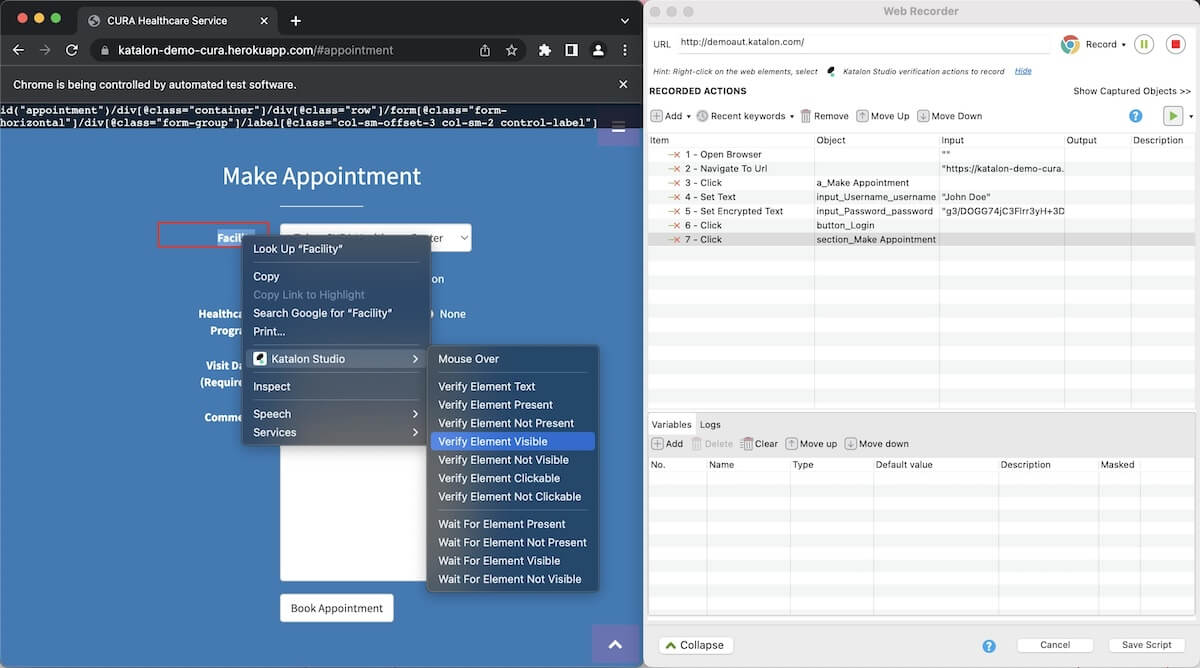
With Katalon, software, DevOps, and QA teams can harness the power of AI to conduct assessments and tests in the run-up to launch day. This low-code software lets you create tests in as little as one minute via a record-and-playback system that lets you analyze real-world scenarios. ?
Even better, Katalon allows you to conduct testing via SaaS, in a private cloud, or on-premises.

Appium is an open-source ecosystem to support testing automation across many platforms—not just PC and mobile, but also Roku, tvOS, and Samsung’s OS, as well as browsers including Chrome, Safari, and Firefox. With Appium’s tools, you can design tests that reenact user scenarios so you can audit the functionality and usability of an app’s user interface.

If you want functional testing and validation without time-consuming software installations and setup processes, Testsigma is a great alternative.
This is an open-source, cloud-based test automation platform designed for application programming interfaces, web apps, and mobile apps.
It leverages AI so you can use natural language processing to generate commands in simple English—no coding knowledge needed. ?
There are plenty of quality assurance software options out there that’ll give you and your software development teams the ability to conduct code reviews, performance testing, bug testing, and more. You’ll also find many great tools for testing across mobile, desktop, and web.
But only ClickUp can help you streamline the QA process for software development teams with features and tools designed to help you organize your entire team’s workflow. ?
Try it now for free to discover how ClickUp can help you and your team collaborate to create high-quality products that shine.
© 2026 ClickUp